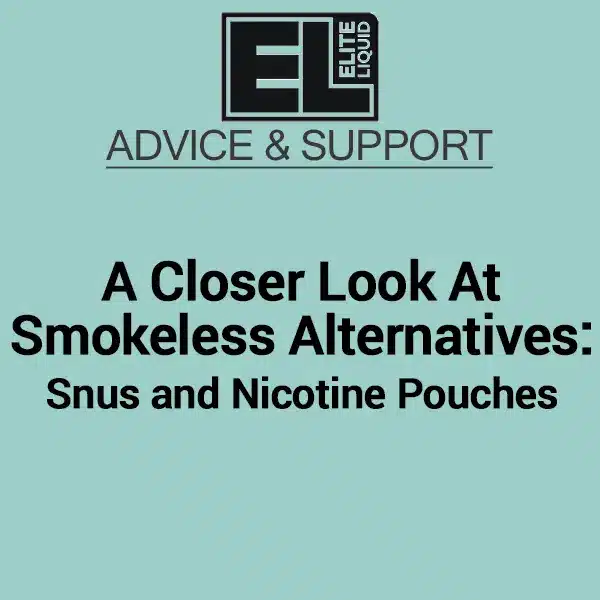In a world where health-conscious choices and alternatives are gaining popularity, smokeless tobacco products have emerged as intriguing options for those seeking alternatives to traditional smoking. Among these alternatives, snus and nicotine pouches have gained considerable attention. In this blog post, we’ll delve into the world of snus and nicotine pouches, exploring what they are, how they differ from other tobacco products, and the potential impact on users.
Understanding Snus
Snus is a type of smokeless, moist tobacco product that originated in Sweden. Unlike traditional chewing tobacco, snus is not meant to be spit out. It comes in small pouches that users place between their upper lip and gum. The pouches contain ground tobacco, water, salt, and sometimes flavourings. Snus offers a discrete and convenient way for individuals to consume nicotine without the need for smoking.
One of the key features that distinguish snus from other forms of smokeless tobacco is the pasteurization process. During manufacturing, the tobacco undergoes a heat treatment that reduces the levels of certain harmful chemicals, making snus potentially less harmful than other smokeless tobacco products.
Nicotine Pouches: A Tobacco-Free Alternative
Nicotine pouches, on the other hand, are a newer development in the realm of smokeless alternatives. Unlike snus, they are entirely tobacco-free. Instead, they contain nicotine, flavourings, water, and various base materials, such as plant fibres or cellulose. This makes them a suitable option for those who want to avoid tobacco altogether while still getting a nicotine fix.
They are typically small, discreet, and come in a variety of flavours, catering to different preferences. Users place the pouches in their mouth, similar to snus, and the nicotine is absorbed through the gums.
Comparing Snus and Nicotine Pouches
While both snus and nicotine pouches offer a smokeless alternative to traditional smoking, there are notable differences between the two:
- Tobacco Content: Snus contains tobacco, whereas nicotine pouches are tobacco-free.
- Ingredients: Snus includes ground tobacco, water, salt, and sometimes flavourings. Pouches, being tobacco-free, rely on nicotine, flavourings, water, and base materials like plant fibres.
- Manufacturing Process: Snus undergoes a pasteurization process that aims to reduce harmful chemicals. Nicotine pouches do not involve tobacco and are manufactured differently.
- Flavour Options: Nicotine pouches often offer a broader range of flavours, appealing to users with diverse taste preferences.
Potential Benefits and Risks
While the health risks associated with smoking are well-established, the relative risks of using each nicotine delivery system are still a subject of ongoing research. Some argue that these alternatives may pose fewer health risks than smoking traditional cigarettes, while others highlight potential concerns, such as addiction and oral health issues.
It’s crucial for individuals considering these alternatives to be aware of the potential risks and benefits and to make informed choices based on their personal health goals.
Conclusion
Finally, both represent innovative alternatives for individuals looking to break free from traditional smoking habits. Whether seeking a tobacco-based option with reduced harm potential or a completely tobacco-free alternative, these products provide choices that align with a growing trend towards healthier lifestyles. As research continues to unfold, users must stay informed and make decisions that prioritize their well-being.










Leave a reply